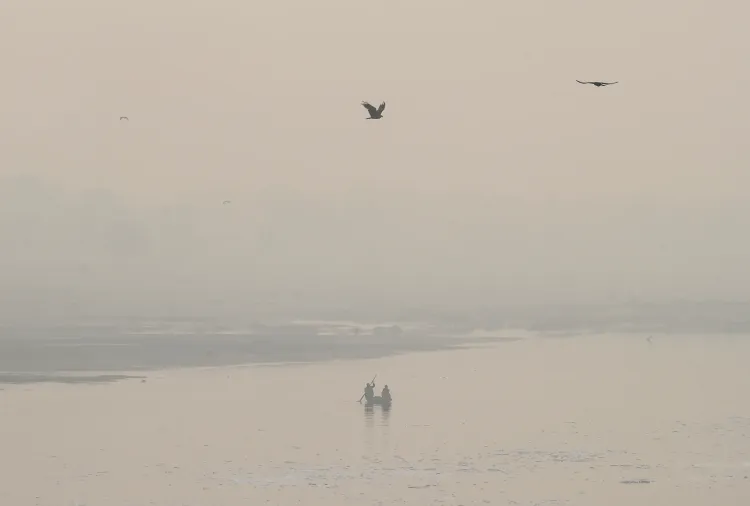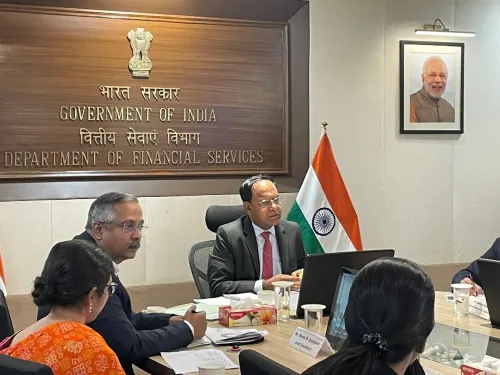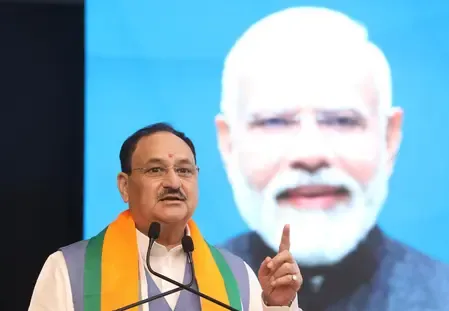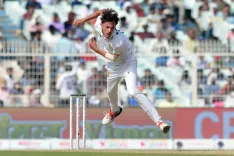Is Delhi Still Suffocating Under Toxic Air?

Synopsis
Key Takeaways
- Delhi's air quality is critically poor, with AQI levels above 400.
- PM10 emissions and stubble burning are major pollution contributors.
- The government is ramping up efforts to combat pollution.
- Residents are facing severe health risks due to hazardous air conditions.
- Cold temperatures are worsening the smog situation.
New Delhi, Nov 16 (NationPress) The city continues to be enveloped in hazardous air conditions this Sunday, as the pollution levels exhibit no sign of relief with the onset of winter. Residents woke up to yet another day of perilous smog, as the Air Quality Index (AQI) soared above 400 at most monitoring locations, firmly placing the metropolis in the 'severe' category.
At 8 a.m., data from the CPCB revealed that Ashok Vihar recorded an AQI of 421, Rohini 422, ITO 417, and Punjabi Bagh 410.
The CPCB categorizes an AQI between 401 and 500 as 'severe', indicating that all age groups are at serious health risk.
On Saturday, Delhi's Environment Minister Manjinder Singh Sirsa highlighted that the national capital is grappling with severe pollution primarily due to PM10 emissions from construction activities, dusty roads, and intense traffic congestion.
He mentioned that the government is intensifying efforts to identify and address pollution hotspots across the city.
The drop in temperatures is exacerbating the issue, causing accumulated dust to settle in the air and transform into thick smog.
Sirsa also noted that emissions from industrial units relocated to nearby states are drifting into Delhi's airspace, worsening the situation.
According to the Decision Support System (DSS) of IITM Pune, stubble burning accounted for 16.3% of Delhi's pollution load on Saturday, while vehicular emissions contributed 18.3%—the highest among all sources.
DSS forecasts that stubble burning will comprise 14.5% of the city’s pollution on Sunday.
The India Meteorological Department (IMD) has predicted mist or shallow fog during the morning hours, with partly cloudy skies expected on November 18 and 19.
The maximum temperature is anticipated to remain between 24 and 26 degrees Celsius, while the minimum may hover around 12 degrees Celsius.
Amidst Delhi's suffocating air, the IMD has also issued severe cold-wave alerts for vast sections of central India.








